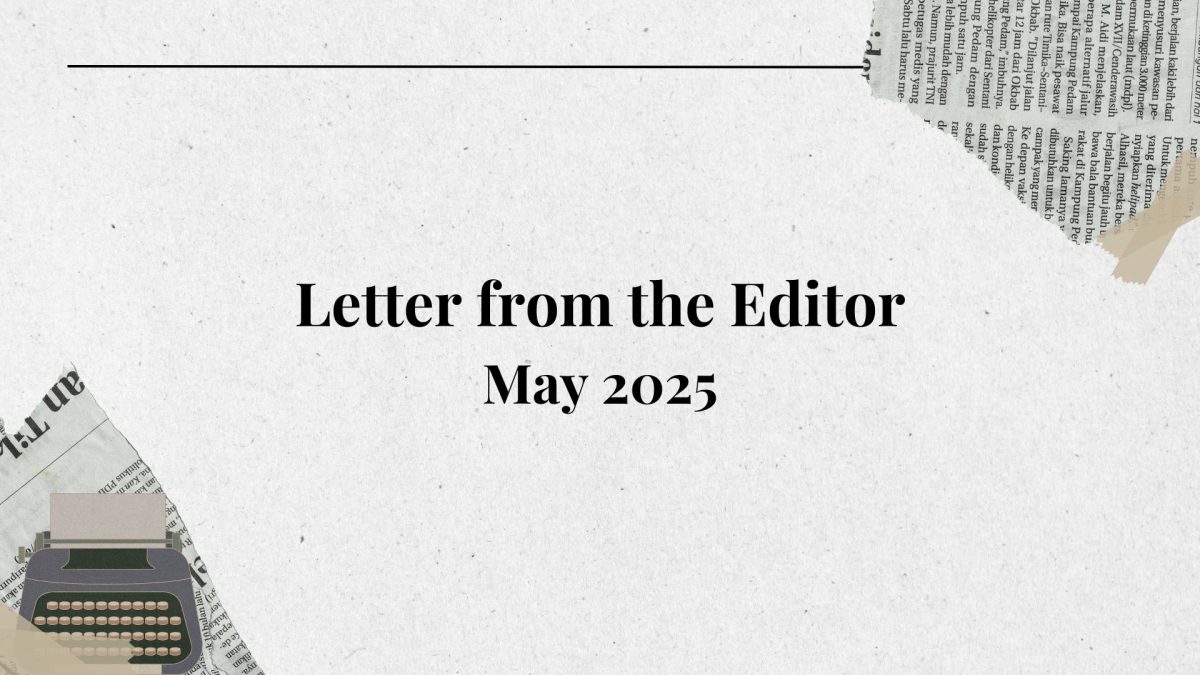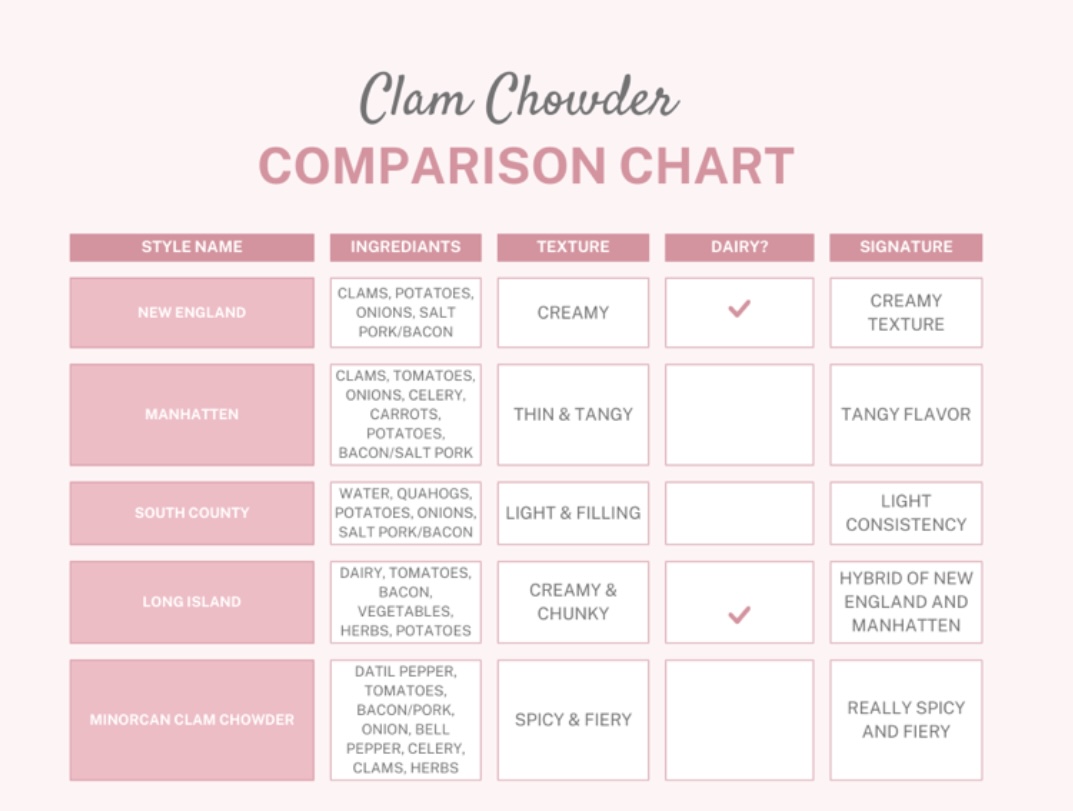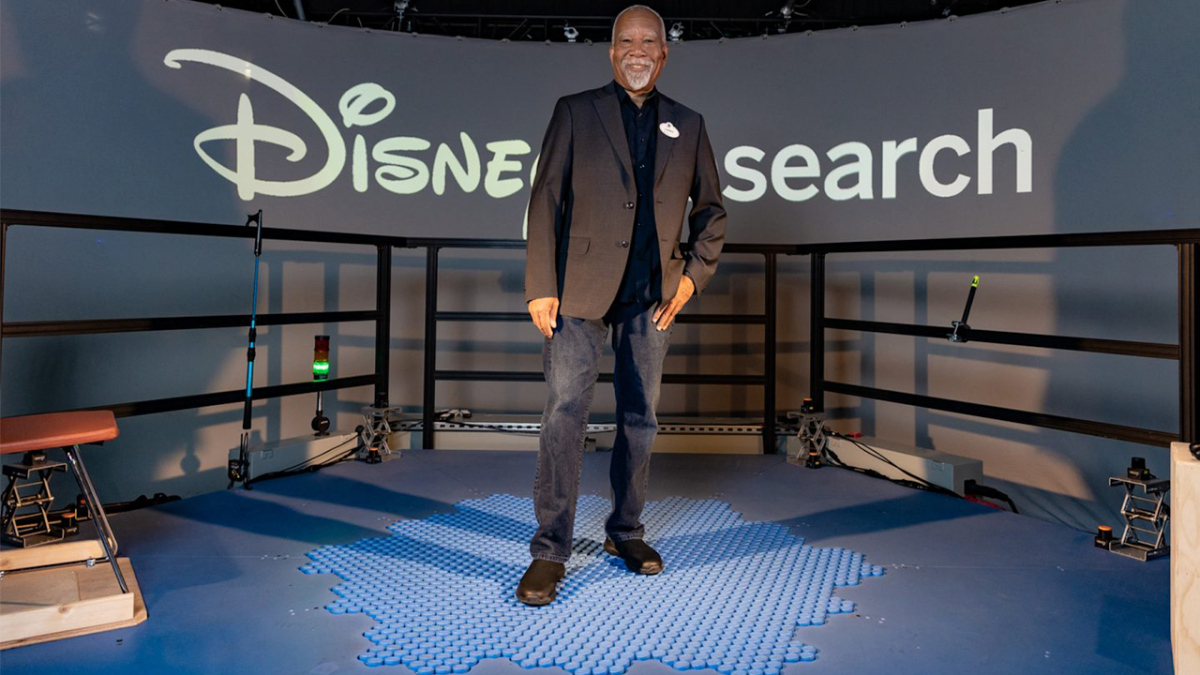“Tis now the very witching time of year, when colleges yawn and admission committees themselves breath out decisions to the high school world.” Unfortunately, this is not my doing, but merely a distortion of lines from Shakespeare’s The Tragedy of Hamlet, Prince of Denmark. Yet, I’m sure that if Hamlet had applied to colleges in the US, he would probably have had greater worries than chasing ghosts and murderous uncles. When my family and I moved to America, we approached college very lightly. We were under the assumption that college applications in the United States were just like in Switzerland. Then, we started hearing stories. Our friends complained that the college system in America was a jungle, that we needed to get the best Counselor in town, and that we had to make lists of colleges miles long. At first, we scoffed at them. But soon we realized they were right.
Now, numerous Honors and AP Courses, standardized tests, and essays after, I, like all other Senior students, have reached this “witching” time of the year when we all sit in wait of the decisions. Some of you may have already heard back from colleges, and I sincerely hope that you all got in your dream schools. This, at least for me personally, has also been a time of reflection on why colleges are so different between Europe and America. Based on personal experiences and research, I think that all differences have a common root: the differing approaches to testing students’ academic skills. American colleges make admissions as difficult as possible to check students have academic skills needed to graduate. European colleges accept students indiscriminately but then throw out those who underperform.
I certainly don’t need to remind this to the readers of this article, but American application is like a narrow river snaking through a swamp rife with rocks and crocodiles. Students are all but required to build and follow strong curriculums composed of college-level courses (APs and Dual Enrollment) and follow them for years, taking not only the specific tests in these courses but also general standardized tests (who take months to prepare), make as creative a volunteering choice, and too many other things to list in an article.
Yet, it is important to stress that, while these things may sound inevitable and natural to most American students, they are stridently different from the European reality. In countries belonging to the European Union, such as France, Spain, Germany, and Ireland, students may apply to any university in another EU country and be accepted in it. According to the official website “Your Europe- Admission and Entry to University”, the only true requirement is a proficiency test in the language of the country the student is applying to. For instance, a Polish student applying to a German university must take a test showing proficiency in the German language, but few other requirements after that. Even within countries, including non-EU ones, often the only thing necessary to be admitted to college is a single test.
This radical difference is due to the differing ways in which colleges test academic skills. Obviously, students need a certain degree of such skills to stay in a college and stand the rigorous programs. For this reason, admission officers want to know that these students posses these skills, and policymakers in both Europe and America devise ways of testing them. In America, colleges make the admission as hard as possible. All those tests and AP courses serve to prove that students have the required skills. For this reason, prestigious US colleges have often minimal acceptance rates but high graduation rates. In Europe, colleges make easy admissions but also make it easy to dismiss students. In Swiss colleges, for example, a student may be dismissed from the school after failing to complete a course twice.
To see how this works in practice, let’s take two similar colleges, one in the United States, and the other in Europe, the Massachusetts Institute of Technology (MIT) and the ETH Zurich in Switzerland. Both colleges are research universities focused on science and technology. MIT has a 4% acceptance rate according to Niche and a 95% graduation rate. According to the ETH Zurich’s official website, any Swiss student can be accepted easily, and the acceptance rate for students coming from the rets of Europe and the world is 20%. Still larger than 4%. Yet, graduation rates range from department to department, the highest being 50% and the lowest 10%. This is not because ETH Zurich has poor quality- it is one of the best scientific colleges in Europe and beyond- but because students are so easily dismissed if they fail their courses. A few days ago, I was jesting with my father (who went to this college) that when he had finished the years, the class had been reduced to half.
One reason for this differing approach could be the diverse “business model” of colleges in America and Europe. In America, colleges are private and thus operate like companies. Every student they accept is an investment, as they take it for granted they will somehow benefit the university. In Europe, colleges are public, being managed and financed by the government. As a result, they do not view students as investments, and merely test them on grounds of their academic performance.
It is not up to me saying which system is “best” or “more efficient.” They both have pros and cons. One thing that I may argue, again based on personal experience, is that the European system may be more conducive to mental health. While the European system is certainly stressful for college students, these students are also more mature and prone to stand rejection. Europe also offers valuable alternatives to college, such as apprenticeship in jobs. The American system instead puts heavy loads of stress on an age group that is still fragile, emotionally and mentally. I remember experiencing feelings of loss, and a lack of direction in life, and I also saw the same feelings in many of my fellows.
Ultimately, sparing the fire for older college students may be a better option.









































